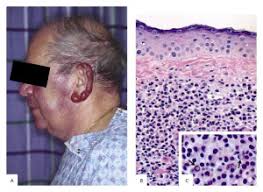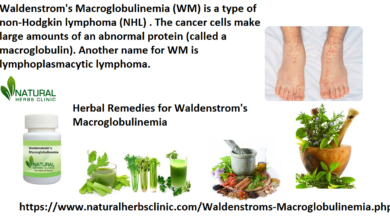What’s the latest in Waldenstrom’s Macroglobulinemia research and handling?

Hello everyone! While reading up on the latest development in research department related to Waldenstrom’s macroglobulinemia we came across many interesting and latest researches but we will share them all individually from time to time. Currently, we are updating you with a latest research on WM and its treatment that has been published by a well-renowned online portal cancer.org.
In this particular article we will only be stating the latest research in biological therapy, chemotherapy and targeted therapies only. There are some more developments which will be discussed in the next few articles.
The website states based on their research on chemotherapy and targeted therapies that “clinical trials are studying new drugs to treat WM, as well as ways to use drugs already known to be effective by combining them in new ways, using different doses, or different sequences of drugs, one after another.
Some of the newer types of drugs that have shown promise against WM include:
- MTOR inhibitors, such as everolimus (Afinitor) and temsirolimus (Torisel)
- Proteasome inhibitors, such as bortezomib (Velcade), carfilzomib (Kyprolis), and oprozomib
- Histone deacetylase (HDAC) inhibitors, such as panobinostat
- Bruton tyrosine kinase inhibitors, such as ibrutinib
Other types of drugs might also be helpful. Doctors have observed that an anti-cholesterol medication (simvastatin) seems to help lower IgM levels in the lab. A study to see if this drug can help patients with WM is going on now.”
In the same research they also posted about biological therapy and stated that “another new approach to Waldenstrom’s Macroglobulinemia treatment is the use of biological response modifiers that stimulate the patient’s own immune system to attack and destroy the lymphoma cells.
For example, it has recently been found that the bone marrow support tissues (stromal cells) produce a substance called interleukin 6 (IL-6). IL-6 is a strong growth factor for multiple myeloma cells. IL-6 also helps cause the bone destruction seen in myeloma. Some current research efforts are focused on trying to develop ways to block these functions of IL-6, which may lead to new treatments for WM.”
This post by no means state that these therapies are one of the best therapies and. These are not recommended by any of our team members as none of these have been personally tried and tested. We are only sharing the post for information purpose only and to educate the visitors or the victims of WM who are coming to find some information related to this disorder.
For your reference or to double check we are posting a direct link to the website here: www.cancer.org



